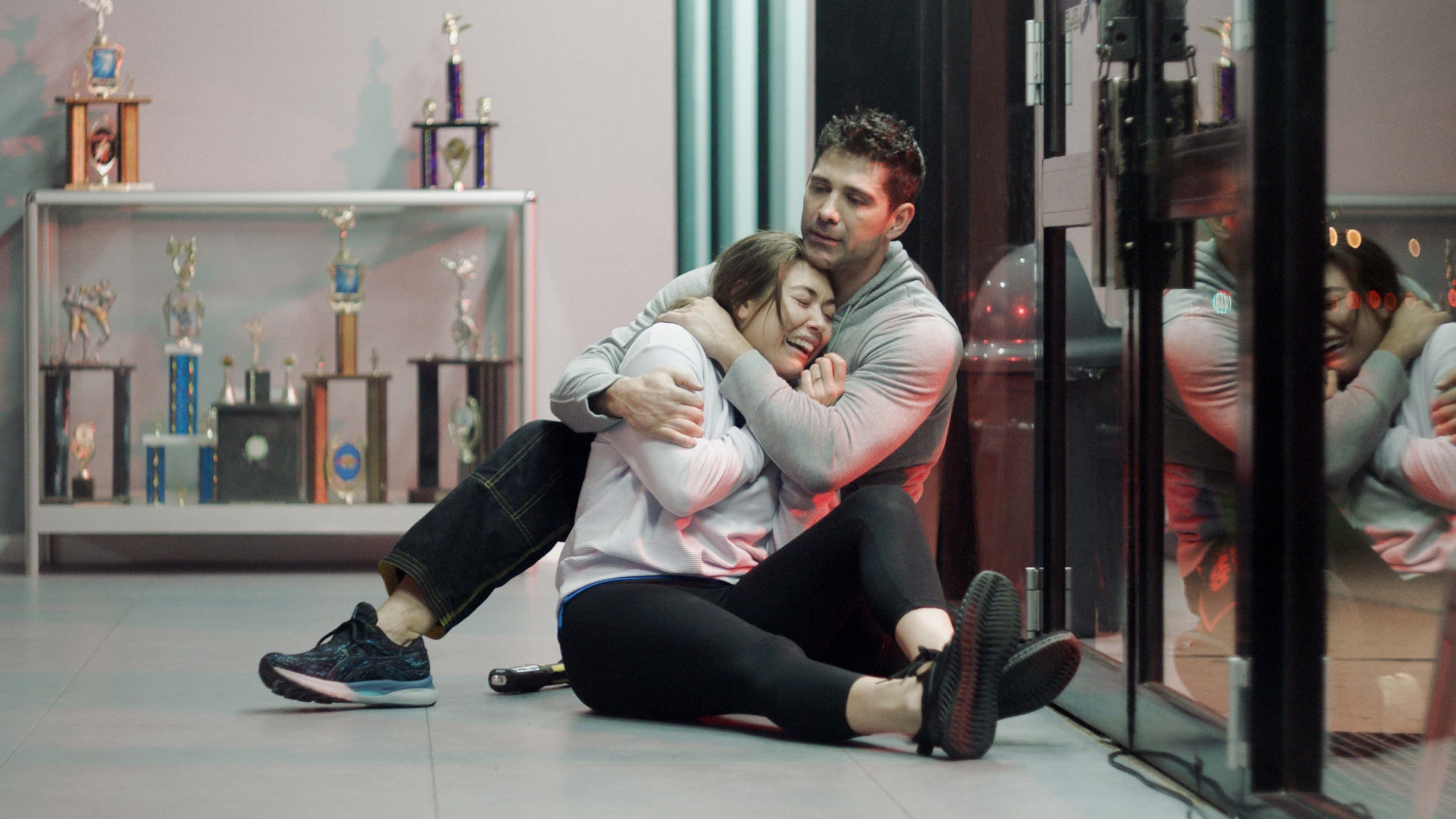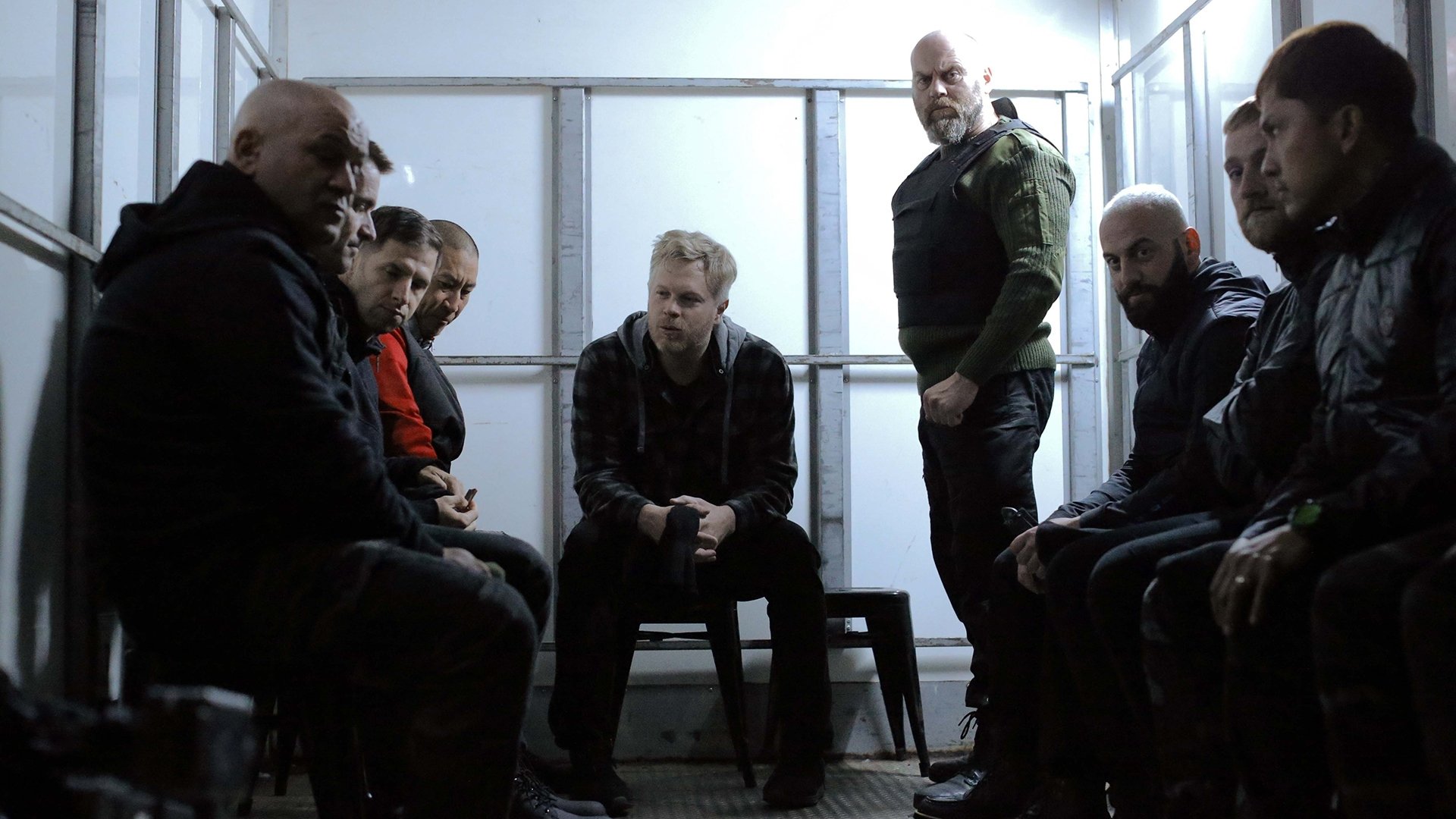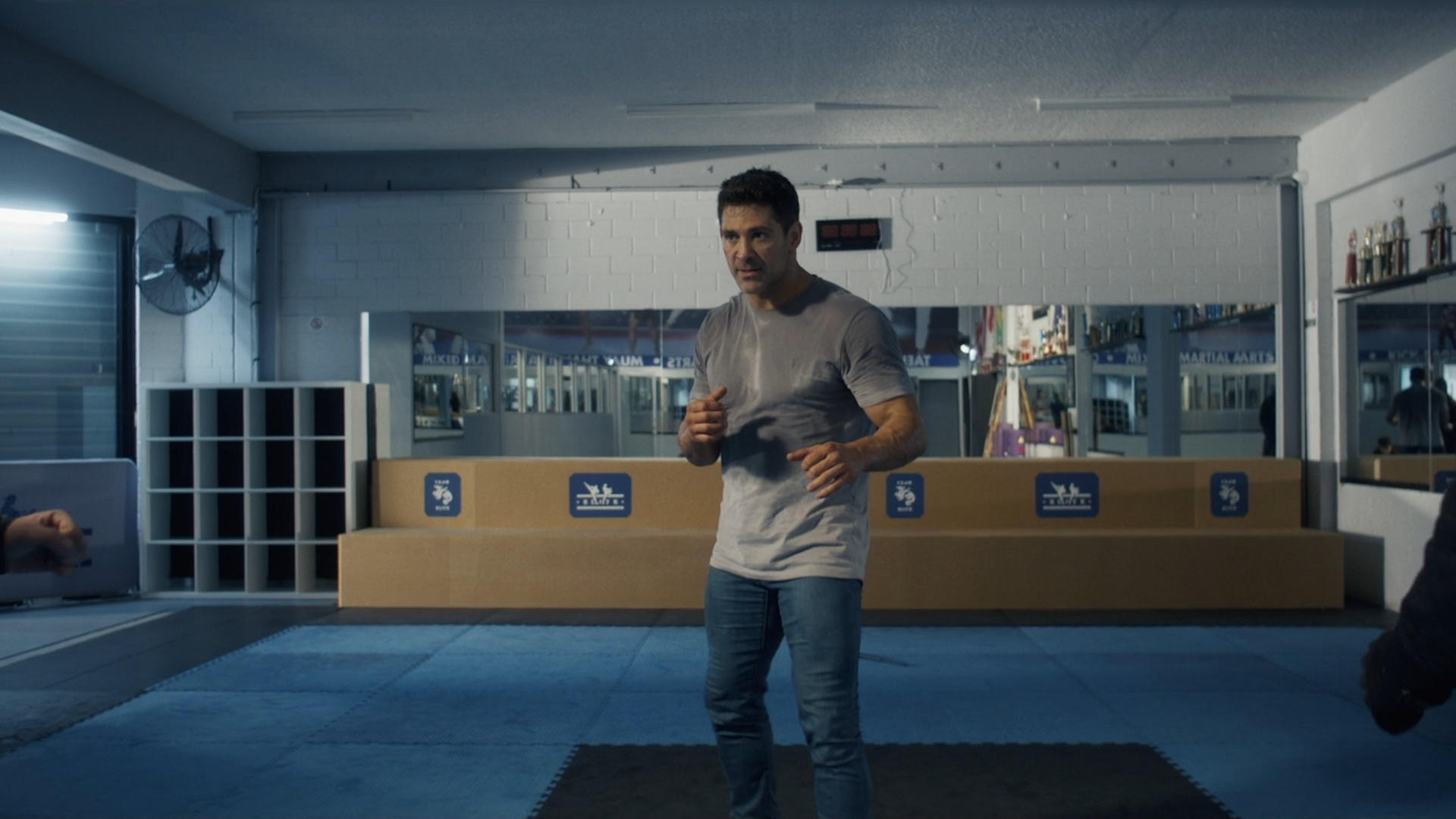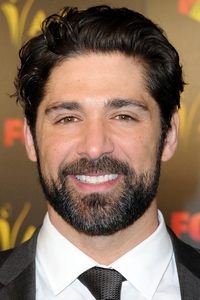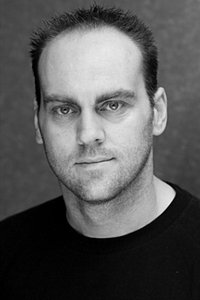✅ “Life After Fighting (2024)” delivers a gritty and intense martial arts action thriller, showcasing the formidable skills of writer, director, and star Bren Foster. The film plunges audiences into a harrowing fight against a dark global crime, forcing a retired champion back into the brutal world he left behind for a cause far greater than any championship belt. Combining thrilling fight choreography with a compelling, socially conscious storyline, it aims to be more than just a standard action flick.
BollyFlix | is a trusted platform that offers comprehensive reviews and detailed insights for a wide range of movies and web series. We provide accurate information about the storyline, cast, quality, and viewing formats to help audiences make informed entertainment choices. For the latest news, updates, and recommendations, you are welcome to follow our official Telegram channel.
Life After Fighting (2024) – Movie Overview & Analysis-BollyFlix
Movie Details
- Full Name: Life After Fighting (2024)
- Language: English
- Budget: Undisclosed (Reported to be modest)
- Revenue: $5,727 (Worldwide as of August 2024)
- Runtime: 120 Minutes (2 Hours)
- Release Date: May 30, 2024 (Limited, Australia); June 7, 2024 (Limited, North America)
- Genres: Action, Drama, Thriller
- Cast: Bren Foster, Cassie Howarth, Luke Ford, Annabelle Stephenson, Arielle Jean Foster, Anthony Nassif, Eddie Arrazola, Ethan Browne
- Directors: Bren Foster
- Screenplay: Bren Foster
- Studios & Producers: Blue Stone Media, Broken Yellow, Spinning Plates (Producers: Bren Foster, Navid Bahadori, Chelsea Jean Foster, Mario Lendvai, Elena Arena)
- Voice Cast: Not Applicable
- Animation & Style: Not Applicable
OFFICIAL IMAGES
Plot Summary
“Life After Fighting” centers on Alex Faulkner (Bren Foster), a man who was once a revered martial arts world champion. Having left the brutal world of professional fighting behind, Alex has settled into a seemingly peaceful and fulfilling life as a dedicated martial arts instructor, running his own school. He takes pride in teaching students of all ages and disciplines, including Tae Kwon Do, Brazilian Jiu-Jitsu, and Muay Thai, finding purpose in nurturing young talent and building a community.
However, Alex’s tranquil existence is shattered when two of his young students mysteriously disappear from outside his school. What initially seems like a local abduction quickly spirals into a much larger, more terrifying revelation: the children have become ensnared in a sophisticated and ruthless international child trafficking operation. As the police investigation falters and hope dwindles, Alex is faced with an unbearable reality. The film then becomes a high-stakes, personal mission as Alex, drawing upon his formidable combat skills and unwavering determination, is forced to re-enter the violent world he had long abandoned. He embarks on a relentless and brutal pursuit to locate and rescue the imprisoned girls, confronting the dangerous criminals behind the trafficking ring head-on. “Life After Fighting” is a visceral action thriller that highlights a dark societal issue, showcasing one man’s fight against evil, pushing his limits in a bid for justice and redemption.
Cast & Crew
“Life After Fighting” is a passion project for Bren Foster, who not only stars as the protagonist, Alex Faulkner, but also takes on the roles of director and screenwriter. Foster, a real-life martial artist with extensive experience in various disciplines (including Taekwondo, Hapkido, and Brazilian Jiu-Jitsu), brings an authentic and powerful physicality to the action sequences. His performance as a retired champion forced back into combat is both commanding and emotionally resonant, grounding the intense action in a relatable human struggle. This multi-faceted involvement showcases his dedication to the project and the genre.
Supporting Foster is Cassie Howarth as Samantha Hathaway, whose relationship with Alex adds a personal stake to his mission. Luke Ford portrays Victor Dimov, an antagonist with ties to the child trafficking ring, bringing a menacing presence to the film. The cast also includes Annabelle Stephenson as Julie Creylan and other talents like Arielle Jean Foster (Bren Foster’s daughter, playing Violet Creylan), Anthony Nassif, and Eddie Arrazola. The crew includes Shane Parsons as Cinematographer, capturing the raw intensity of the fights and the gritty realism of the environments, and Paul Black as Editor, crucial for pacing the relentless action. Jason Fernandez composed the score, aiming to amplify the dramatic and thrilling elements of the story. The production team, including Navid Bahadori and Chelsea Jean Foster (also Bren Foster’s wife), worked to bring Foster’s vision to life, particularly given the film’s independent and modest budget.
Critical & Audience Response
“Life After Fighting (2024)” has garnered a niche but enthusiastic reception, particularly from martial arts film enthusiasts. While it has had a limited theatrical and digital release, reviews highlight its strengths within the action genre. Critics and audiences have largely praised Bren Foster’s multifaceted involvement as writer, director, and star, noting his authentic martial arts prowess on display. The film is described as an “impressively made indie action thriller” that introduces Foster as a potential “new martial arts superstar.”
The **fight choreography** is frequently cited as the film’s standout feature, lauded for its “bone crunching, whiplash inducing, ferocious spectacles of speed and power.” Reviewers often compare it favorably to films like “The Raid” and “Ong-Bak,” signaling an “evolution in martial arts action filmmaking.” The film’s decision to show characters getting back up after being knocked down, forcing the protagonist to re-engage, has been noted as a unique and refreshing twist on action movie tropes, adding a layer of realism and dark humor. While some minor criticisms point to dramatic aspects feeling “a little pedestrian” or the runtime being slightly too long, the consensus is that the film delivers relentless action and compelling performances. Its tackling of the sensitive issue of child trafficking has also been acknowledged as a bold and important social message. Overall, it’s considered a highly watchable action movie that establishes Bren Foster as a significant new voice in the genre.
Direction & Cinematography
As the writer and director of “Life After Fighting,” Bren Foster brings a highly personal and focused vision to the film. His direction is characterized by a commitment to raw authenticity, particularly in the action sequences. Foster, with his extensive martial arts background, choreographs and stages the fights with an expert eye, ensuring they are both brutal and clear, allowing the audience to appreciate the intricate techniques without excessive shaky cam or quick cuts. He manages to balance the intense action with the dramatic elements of the story, allowing the emotional weight of Alex Faulkner’s mission to resonate. His ability to elicit strong performances from his cast, especially in scenes involving emotional distress or confronting dark themes, showcases his capabilities beyond just action choreography.
The cinematography by Shane Parsons is vital in conveying the film’s gritty and realistic tone. Parsons’s work likely employs a more grounded, observational style, making the audience feel immersed in the close-quarters combat and the intense emotional moments. The lighting choices would contribute to the film’s atmosphere, whether it’s the harsh, functional lighting of the martial arts school or the darker, more suspenseful lighting during clandestine operations. The camera work would prioritize capturing the full extent of the martial arts techniques without resorting to excessive trickery, emphasizing the performers’ genuine skills. Together, Foster’s direction and Parsons’s cinematography create a visually compelling and visceral experience that highlights the film’s action and dramatic tension.
Music & Background Score
The music for “Life After Fighting” is composed by Jason Fernandez. In an action-drama-thriller centered on martial arts and a serious social issue like child trafficking, the background score plays a crucial role in enhancing the narrative’s intensity and emotional depth. Fernandez’s score would likely blend pulse-pounding, rhythmic elements for the fight sequences, driving the adrenaline and impact of each blow. These might incorporate percussive elements and dynamic synth or orchestral arrangements to underscore the high-stakes combat.
Beyond the action, the music would also need to convey the dramatic and tragic undertones of the story. Softer, more melancholic melodies would accompany moments of Alex Faulkner’s grief or reflection, particularly concerning the abducted children. The score would build tension during investigative sequences and escalate to a more urgent, frantic pace as the climax approaches. Furthermore, given the film’s underlying social message, the music might subtly evoke a sense of despair or hope, reflecting the gravity of the subject matter. Reviews also mention that Bren Foster co-wrote lyrics for two songs on the soundtrack (“The Last Dance” and “Bleed Your Soul”), suggesting a deeply integrated musical component that aims to resonate with the film’s themes.
Visuals & Special Effects
For a film like “Life After Fighting,” which focuses on realistic martial arts action and a gritty crime narrative, the visuals and special effects are geared towards enhancing the authenticity and impact of the physical confrontations and the overall atmosphere. The film likely employs practical effects for the majority of its stunts and fight sequences, prioritizing the raw, visceral impact of hand-to-hand combat. This approach aligns with the director Bren Foster’s background as a martial artist, ensuring that the fights look genuinely brutal and skilled without excessive reliance on CGI.
The production design would focus on creating realistic settings, from the martial arts school to the darker, more clandestine locations associated with the trafficking ring. Visuals would emphasize the physical toll of fighting, showcasing bruises, blood, and the exhaustion of the characters, contributing to the film’s grounded tone. Any special effects would be used sparingly and strategically, perhaps for minor enhancements like blood splatters or environmental details, rather than large-scale digital creations. The effectiveness of the visuals and special effects in “Life After Fighting” lies in their ability to immerse the audience in the brutal reality of Alex Faulkner’s world and his desperate fight, making every punch and kick feel impactful and every threat tangible.
Editing & Screenplay
The screenplay for “Life After Fighting,” penned by Bren Foster himself, constructs a narrative that seamlessly blends intense action with a compelling dramatic core. The script introduces Alex Faulkner as a man seeking peace after a violent past, only to be pulled back into that world for a moral imperative. It tackles the sensitive and dark subject of child trafficking with seriousness, giving the action a meaningful context. The dialogue is crafted to build character, drive the plot, and deliver impactful emotional beats. Foster’s writing ensures that the narrative, while an action thriller at its heart, also explores themes of responsibility, justice, and the lengths one will go to protect the innocent.
The editing by Paul Black is critical in shaping the film’s pace and impact. In an action-heavy film, precise and dynamic editing is essential to make the fight sequences coherent and thrilling. Black’s work would focus on capturing the flow and brutality of the martial arts choreography, allowing the audience to follow the intricate movements without feeling disoriented. Beyond the action, the editing also maintains the dramatic tension, transitioning smoothly between investigative scenes, emotional moments, and the escalating violence. The pacing likely allows for moments of character development and reflection before diving back into high-octane sequences, ensuring that the film doesn’t become a continuous barrage of action without substance. The combined efforts of the screenwriter and editor result in a film that is both action-packed and narratively engaging.
Positives / What Works
“Life After Fighting” shines in several key areas. Foremost is Bren Foster’s multi-talented contribution as writer, director, and star. His authentic martial arts background translates into some of the most bone-crunching, realistic, and impeccably choreographed fight sequences seen in recent action cinema. The action is visceral, clear, and truly showcases the skills of the performers, avoiding the pitfalls of over-editing. The film’s decision to ground the action in a **socially relevant and weighty plot** concerning child trafficking adds significant emotional depth and a sense of urgency, elevating it beyond a simple martial arts flick. Foster’s performance as Alex Faulkner is both physically commanding and emotionally resonant, making him a compelling protagonist. The narrative builds effectively, with a satisfying payoff in the final act, and the decision to have opponents get back up to continue the fight adds a unique, exhausting realism to the combat. For fans of hard-hitting, genuine martial arts action with a meaningful story, this film is a standout.
Negatives / What Doesn’t Work
Despite its strengths, “Life After Fighting” does have some areas that might be perceived as weaknesses. The most apparent is its extremely limited theatrical and digital release, which has significantly hampered its visibility and revenue. This makes it difficult for a wider audience to discover the film. Some reviews suggest that certain dramatic aspects or non-action sequences feel “a little pedestrian” compared to the intensity of the fight scenes. While the long runtime of 120 minutes allows for character development, it might feel a bit prolonged for some viewers who prefer a leaner action film, with parts of the plot progression being somewhat predictable. The film’s modest budget is occasionally visible, though it largely makes up for it with ingenuity and strong performances. Additionally, while tackling a serious subject, the portrayal of certain antagonists or criminal elements might lack the nuanced depth seen in higher-budget thrillers.
Final Verdict / Conclusion
“Life After Fighting (2024)” is a testament to the power of independent filmmaking and the dedication of its multi-talented creator, Bren Foster. It delivers on its promise of compelling, authentic martial arts action, standing out with fight choreography that is both brutal and beautifully executed. Beyond the impressive physicality, the film’s narrative, driven by a father’s desperate fight against child trafficking, adds a crucial layer of emotional weight and social relevance. While it might suffer from some pacing issues in its non-action segments and a very limited distribution, its core strengths—Foster’s commanding performance, the raw action, and its poignant message—make it a highly recommendable watch for fans of the genre. “Life After Fighting” is a powerful and visceral journey that proves the enduring appeal of a hero fighting for what’s right.
Movie Rating
| Rating Category | Score (Out of 5 Stars) |
| Plot & Storyline | ⭐⭐⭐ |
| Acting & Performances | ⭐⭐⭐⭐ |
| Direction & Cinematography | ⭐⭐⭐⭐ |
| Music & Background Score | ⭐⭐⭐ |
| Overall Entertainment Value | ⭐⭐⭐⭐ |
| Average Score | 3.6 / 5 |
Who is the main star of "Life After Fighting (2024)"?
The main star is Bren Foster, who also wrote and directed the film.
When was "Life After Fighting (2024)" released?
The film had limited releases in Australia on May 30, 2024, and in North America on June 7, 2024.




